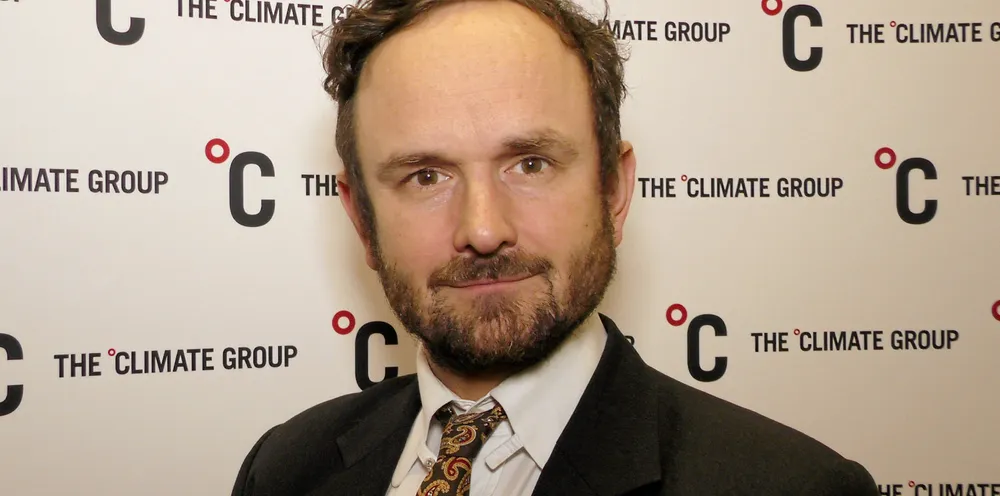Limited renewables power options and red tape 'stopping' corporates' net zero plans
Report from energy transition advocacy body RE100 finds range of barriers slowing companies' progress toward net-zero, as 349-member group nonetheless sources record levels of green electricity in 2021

Corporations around the world working to shift toward net-zero operations continue to be impeded by limited clean-energy power procurement options and regulatory red tape, corporate renewables body the RE100 has found in its latest report.
<b>Focus your mind: get the insight you need with the Recharge Agenda</b>
The global energy transition is gathering momentum – and the accompanying news-stream becoming an information deluge. Separate the green giants from the greenwash and the hard facts from the click-bait headlines with Recharge Agenda, our curation of the market-making events of the week, distilled down into one quick-read newsletter. Sign up here for free
Polling of its 349 members, which together represent 340TWh of annual electricity consumption, revealed that “limited or no availability of renewable electricity” – reported by 40 respondents in 66 markets – tops the list of hurdles that are “stopping” companies from advancing their energy transition strategies.
“Lack of procurement opportunities”, reported by 37 members in 111 markets, and “prohibitive cost”, cited by 27 members in 41 markets, were second and third among perceived obstacles faced by corporates trying to procure renewable electricity.
These barriers are felt most acutely in the Asia Pacific markets – where two-thirds of RE100 members operate – with 27 companies flagging issues in buying green power in the Republic of Korea, 24 citing instances in Japan and 22 in China.
“The findings from the report demonstrate a clear signal to governments that corporates are investing at scale in renewable electricity, not just in Europe and North America but in the Asia Pacific region as well,” said head of RE100 Sam Kimmins.
“While there is more that needs to be done, and faster, the year-on-year improvements shown by our members' data are encouraging confirmation that corporate demand for renewables is gaining pace.”
“While those businesses in the heavy emitting sector have a steeper hill to climb than some others, the fact that they are present at the table and are making progress to limiting their fossil fuel use shows that the heavy industry is no longer considered out of reach for the energy transition,” he said.
Corporate PPAs in the ascendancy
The momentum-gathering bull run in corporate power purchase agreements (PPAs) – a direct contract between an electricity consumer and a generator – stood out in the latest RE100 report, with their members reported sourcing 42TWh of renewable electricity with PPAs in 2021, some 28% of their total sourcing of clean power for the year.
Data collected for the first time on the commissioning dates of the power plants from which renewable electricity was being bought by RE100 members showed “strong trends” that PPAs were linked to facilities less than two years old, said Kimmins, “clear evidence that the corporate renewables movement is leading to huge increases in renewable electricity capacity”.
“This is significant in two ways – first of all, this is an entirely new way of thinking about how society pays for renewables – smashing the public and political preconception that installing renewable electricity is a cost to the taxpayer, by clearly demonstrating a model of market-driven energy transition,” he said.
“Secondly the trend is accelerating – corporate purchases via PPA are increasing year on year, taking it beyond a niche movement to a global force.”
Kimmins believes the agreement hammered out by international governments at COP26 in Glasgow last year, “certainly increased pressure on governments to up their ambitions on carbon reduction… [and] to start to recognise the win-win opportunity presented by corporate sourcing of renewables”.
“There was also the agreement [at COP26] to significantly increase money to help developing countries to make the switch to clean energy. A lot of the barriers our members are seeing are in the Asia-Pacific region so significant funding for countries in the region will help to reduce those barriers.”